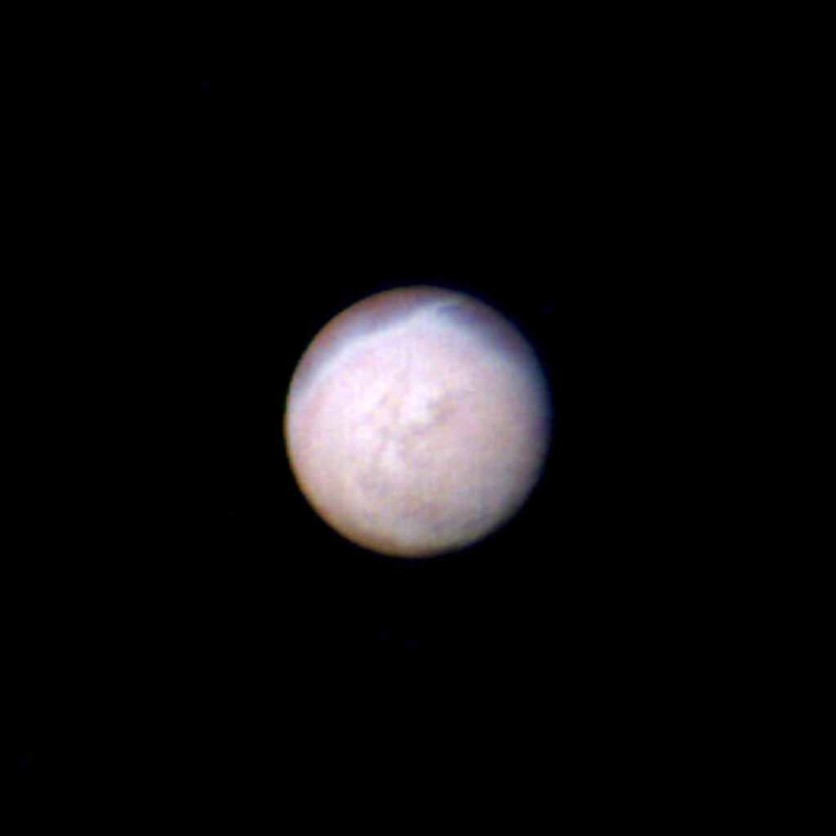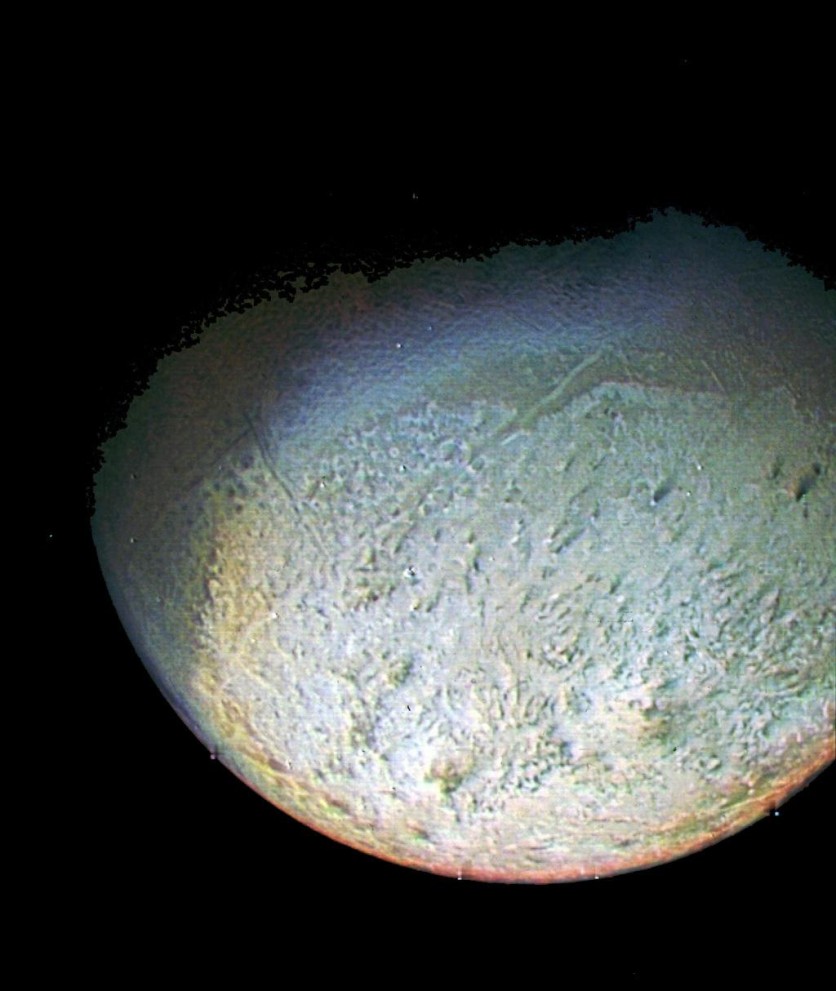The National Aeronautics and Space Administration's (NASA) quest to explore the solar system might include one of the most distant locations as a new mission proposal would explore Neptune's moon Triton.
According to Engadget, the mission has been named Trident for its "three-pronged" targets to study the magnetic field to uncover the ocean's presence, map the entire surface, and use a camera to gauge plume activity. Two concept studies will be chosen in summer next year, while its launch is tentatively scheduled for October 2025.
Observing Triton's unusual behavior could be useful as it orbits against Neptune's direction. It has 10 times more active ionosphere than other moons in the solar system while its surface renews, which is uncertain what drives the plumes.

Trident could fill in many of the gaps as Voyager 2 only visualized 40% of the moon when it swung by Triton on its way out of the Solar System about 30 years ago. However, the data will take a long time before it becomes available. Neptune is nearly 2.8 billion miles away, and Trident is expected to reach Triton in 2038.
Voyager 2 and the bubbles it created
Three decades ago, Voyager 2 flew past Neptune which left a lot of bubbles. It was the only spacecraft to have given stunning views of the planet. It showed massive, dark plumes of icy material spraying out from Triton's surface which puzzled scientists for decades.
Scientists kept wondering how an ancient moon could remain active even it was six times farther from the Sun than Jupiter. NASA's Discovery Program's new mission aims to unravel the truths behind these mysteries. Trident is one of four that is developing concept studies for new missions, but only two will be chosen as full-fledged missions later.
Trident will investigate how Triton has changed over time as well as its odd behaviors--such as its orbiting against the direction of Neptune, as well as its orbit location that is tilted by 23 degrees from Neptune's equator.

"Triton has always been one of the most exciting and intriguing bodies in the solar system," said Louise Prockter, space research association director at Lunar and Planetary Institute/Universities. She will lead the proposed Trident mission which will be managed by NASA's Jet Propulsion Laboratory in Southern California. Prockter also expressed her admiration with Voyager 2's images of Triton and "their tantalizing glimpses of this bizarre, crazy moon that no one understands."
JPL Trident project scientist Karl Mitchell said that while Triton is weird, it is "relevantly weird."
"We know the surface has all these features we've never seen before, which motivates us to want to know 'How does this world work?'" Mitchell said.
As written in the mission proposal, Mitchell said that Triton is not just a key to solar system science, but it also captured the evolved Kuiper Belt object, an ocean with active plumes, a lively ionosphere, and a unique surface.




